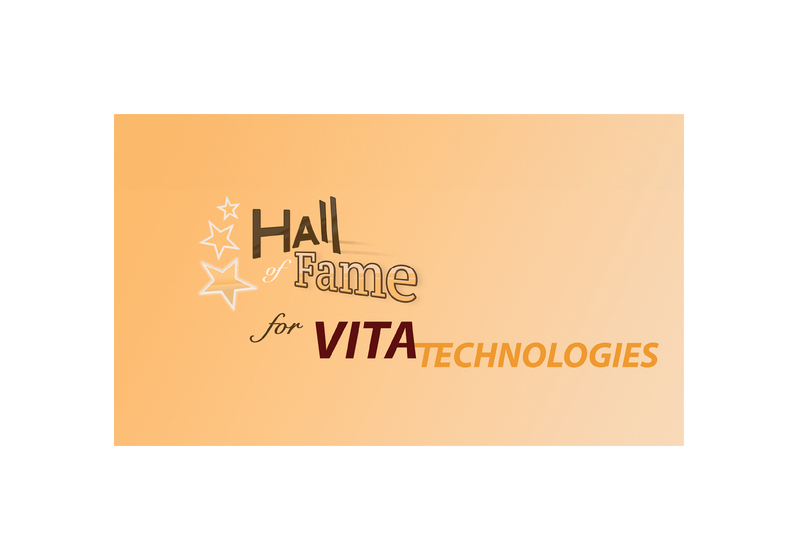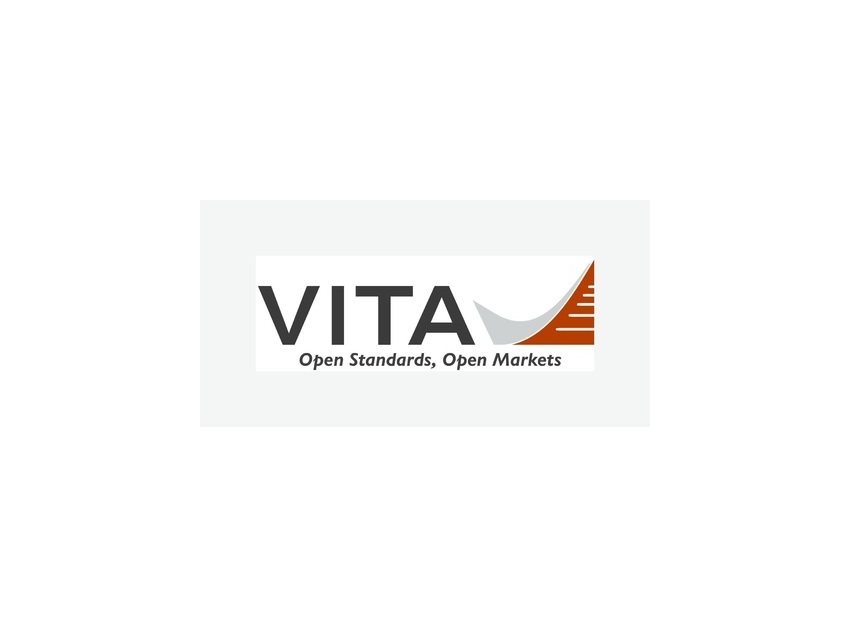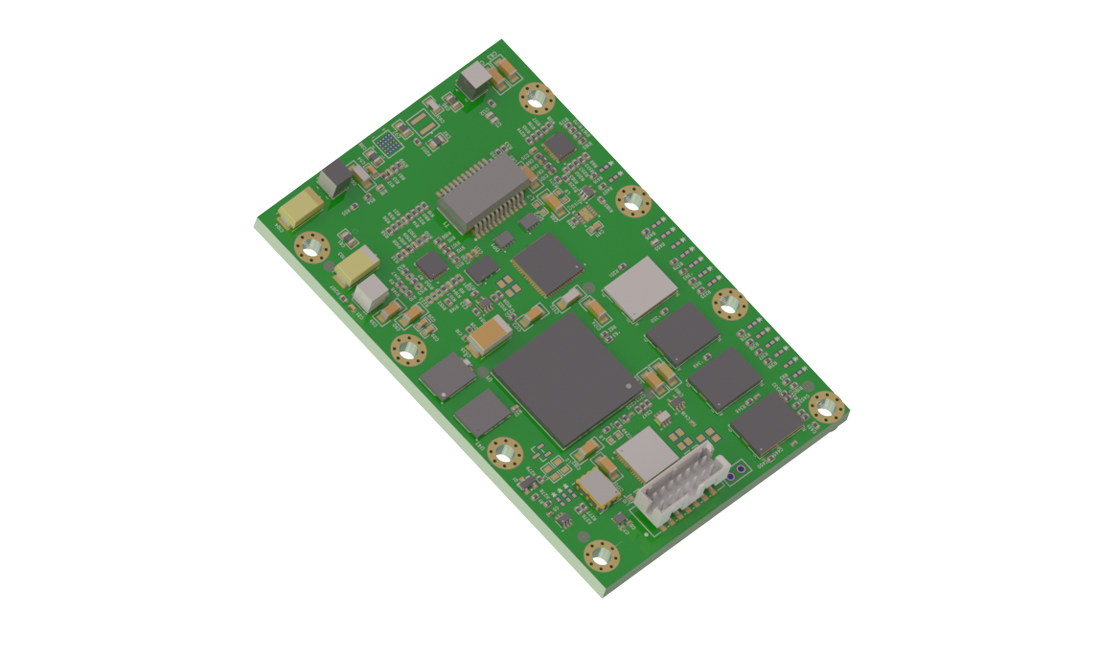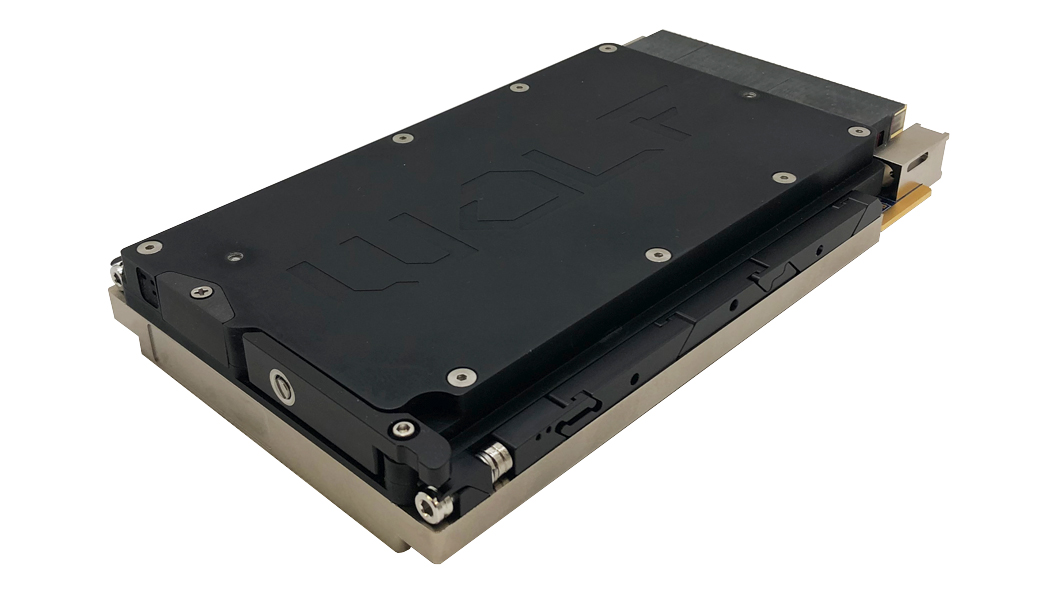 The world is a noisy place. We’re not talking about teenagers’ cars cranking Usher. We’re referring to all that chaff in the EM spectrum. If you’re in the signals intelligence, beamforming, or direction-finding business, it’s essential to extract the golden wheat (signals) and then process them. Mercury Computer Systems, the company that all but invented coherent processors bolted together by the industry’s then-most popular fabric RACE++, brings us a new VME/VXS (VITA 41) card designed for signal sleuths. The Echotek DCM-V5-VXS digital receiver sports twin FPGA Mezzanine Card (FMC) modules equipped with two each of the following ADCs: 16-bit 130 MSps ADC converters, 14-bit 250 MSps ADC converters, or 10-bit 1.5 GSps ADC converters, with other options available. On the basecard, three Xilinx Virtex-5 SX240T or LX330T FPGAs do the heavy lifting, each supported by both DDR-II SDRAM and QDR-II SRAM. Remember when you needed an 80860, PowerPC with AltiVec, or a Cell/BE to do this kind of math? This setup boasts a whopping 3,156 DSP slices. Multiple data paths between the FPGAs, FMC sites, and bidirectional VXS and RACE++ interfaces rattle all that data around. Designers interfacing to legacy Mercury boards will want to note the RACE++ interface, and, of course, the board supports the company’s multinode coherency options. There’s even EchoCore firmware representing a library of FPGA cores, depending on the data processing required. The card set can be ordered without the FMC modules, which is called the SCFE-V5-VXS.
The world is a noisy place. We’re not talking about teenagers’ cars cranking Usher. We’re referring to all that chaff in the EM spectrum. If you’re in the signals intelligence, beamforming, or direction-finding business, it’s essential to extract the golden wheat (signals) and then process them. Mercury Computer Systems, the company that all but invented coherent processors bolted together by the industry’s then-most popular fabric RACE++, brings us a new VME/VXS (VITA 41) card designed for signal sleuths. The Echotek DCM-V5-VXS digital receiver sports twin FPGA Mezzanine Card (FMC) modules equipped with two each of the following ADCs: 16-bit 130 MSps ADC converters, 14-bit 250 MSps ADC converters, or 10-bit 1.5 GSps ADC converters, with other options available. On the basecard, three Xilinx Virtex-5 SX240T or LX330T FPGAs do the heavy lifting, each supported by both DDR-II SDRAM and QDR-II SRAM. Remember when you needed an 80860, PowerPC with AltiVec, or a Cell/BE to do this kind of math? This setup boasts a whopping 3,156 DSP slices. Multiple data paths between the FPGAs, FMC sites, and bidirectional VXS and RACE++ interfaces rattle all that data around. Designers interfacing to legacy Mercury boards will want to note the RACE++ interface, and, of course, the board supports the company’s multinode coherency options. There’s even EchoCore firmware representing a library of FPGA cores, depending on the data processing required. The card set can be ordered without the FMC modules, which is called the SCFE-V5-VXS.
Editor's Choice Separating the wheat from the chaff
Separating the wheat from the chaff
Read also






